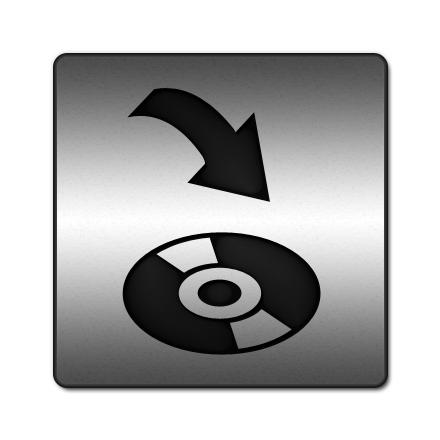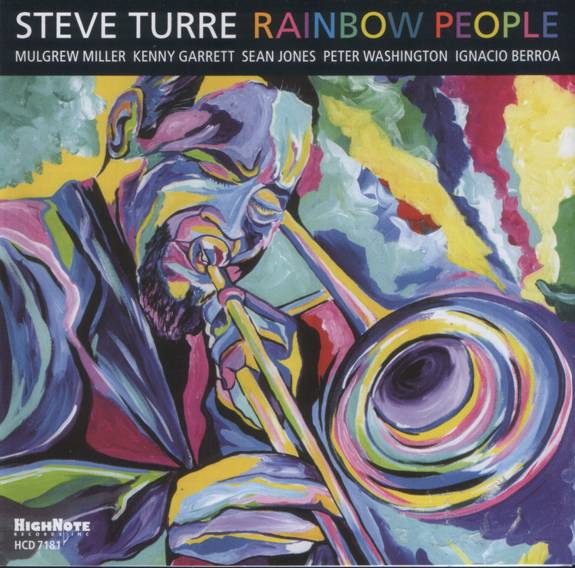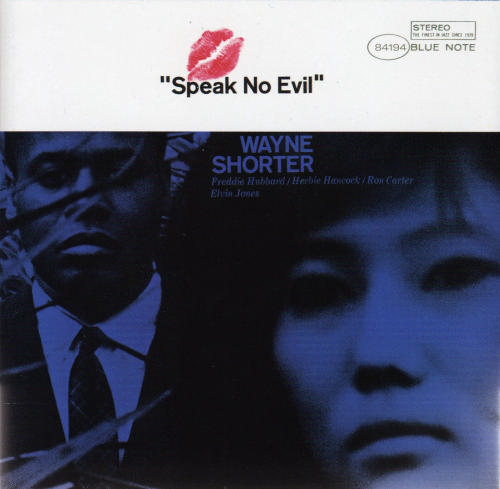
Note : 




http://www.horacesilver.com
http://www.myspace.com/theofficialhoracesilverpa
http://fr.wikipedia.org/wiki/Horace_Silver
Avec son snobisme, ses codes, sa complexité, le jazz peut faire peur. Comment l’approcher ? Par quel artiste, par quel disque commencer pour appréhender le patrimoine pharaonique de cette musique qui aura bientôt un siècle ? Evidemment, il y a le Kind of blue de Miles Davis, le jazz vocal à la Billie Holiday, les blues de Louis Armstrong et mille autres voies... Pour ma part, j’ai tendance à croire que le hard-bop funky et latin de Song for my father constitue l’entrée en matière parfaite.
Découvert par Stan Getz, Horace Silver travaille dès ses premières années d’activité avec Miles, Coleman Hawkins, Lester Young et Milt Jackson. Du sérieux, donc. En 1953, il fonde les Jazz Messengers avec Art Blakey, le batteur absolu. Durant cette période décisive, il façonne son style et incorpore au jazz le gospel et le RnB pour créer le hard-bop. Peu à peu, des éléments funky se greffent à ce patchwork d’influences déjà bariolé, et le hard-bop se mue en soul jazz. Song for my father, avec le Sidewinder (1963) du trompettiste Lee Morgan, est le manifeste de cette nouvelle ère placée sous l’égide du groove. Un disque facile d’accès, dansant et ouvertement hédoniste. Sur Blue Note, bien entendu.
Les breaks de batterie sont charnus, rebondissants. Le piano, percussif et virevoltant. Les cuivres papillonent sur des mélodies-friandises. A lui seul, le morceau éponyme suffit à tomber en pâmoison : sur un thème catchy à mort, Joe Henderson glisse l’un des plus beaux solos de saxophone jamais enregistré. Indescriptible. Sur le délicat "Calcutta Cutie", c’est Silver qui échappe à toute tentative d’analyse avec un solo bégayant et monkien percé d’éclaircies bluesy. L’ensemble est d’une rare cohérence, bien qu’issu de deux sessions différentes. Difficile de distinguer les deux quintets mis à contribution, chacun s’épanchant dans une même joie solaire dont la sincérité ne peut être mise en doute. La coloration latine de la majorité des titres sonne comme une exploration de ses racines par le pianiste puisque son père, John Tavares Silver, qui fume le cigare sur la pochette de l’album, était musicien au Cap Vert. L’année suivante, le fiston poursuivra cette quête des origines et sortira un Cape Verdean Blues (1965) au nom explicite. Une nouvelle bombe. Mais ça, c’est une autre histoire...
En bref : groove latin rayonnant pour cette pierre angulaire du jazz funky.
par Des Oreilles Dans Babylone
permalink
Origine du Groupe : North America
Style : Jazz
Sortie : 1964
Tracklist :
1. Song For My Father
2. The Natives Are Restless Tonight
3. Calcutta Cutie
4. Que Pasa
5. The Kicker
6. Lonely Woman
7. Sanctimonious Man
8. Que Pasa (Trio Version)
9. Sighin' And Cryin'
10. Silver Threads Among My Soul
Tracks 1 – 5
Horace Silver — piano
Carmell Jones — trumpet
Joe Henderson — tenor saxophone
Teddy Smith — bass
Roger Humphries — drums
Tracks 6 – 10
Horace Silver — piano
Blue Mitchell — trumpet
Junior Cook — tenor saxophone
Eugene Taylor — bass
Roy Brooks — drums



![]()
![]()
![]()
![]()












